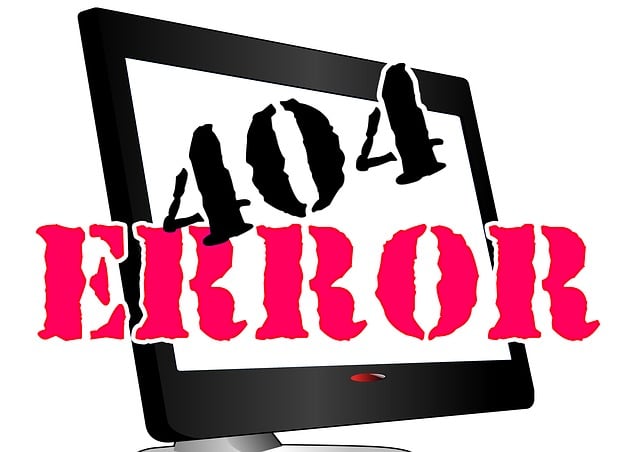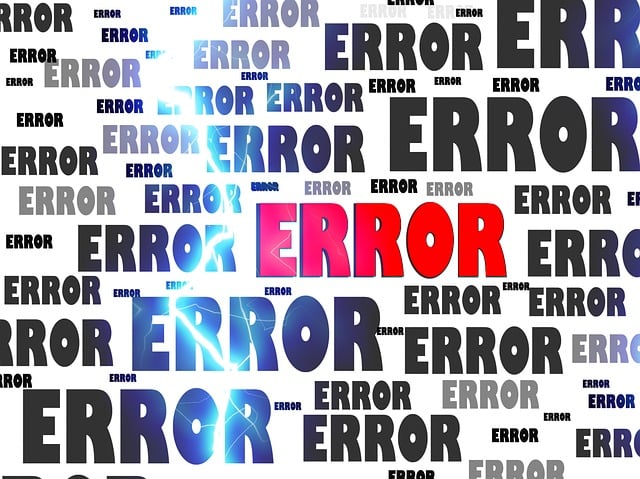Equipment financing, while beneficial for businesses, is fraught with pitfalls that can lead to significant financial losses due to blunders like inadequate understanding of equipment needs, documentation errors, inaccurate valuation, complex terms, and lack of risk management. These oversights can result in burdensome financing obligations, operational disruptions, and unfavorable loan terms. To avoid costly mistakes, businesses must proactively address these issues through meticulous document checks, thorough appraisals, contractual due diligence, robust risk strategies, and continuous monitoring.
In the fast-paced world of equipment financing, preventing oversights and costly mistakes is paramount for businesses aiming for financial stability. This article guides you through a comprehensive checklist to safeguard against common pitfalls. From understanding latent equipment financing oversights and meticulous documentation checks to navigating complex contractual terms, we demystify strategies that ensure accurate equipment valuation and robust risk management. By adopting continuous monitoring practices, organizations can effectively prevent recurrent errors, ensuring both financial security and strategic growth.
- Understanding Common Equipment Financing Oversights
- Identifying Costly Mistakes in Documentation
- Ensuring Accurate Valuation of Equipment
- Navigating Contractual Terms and Conditions
- Risk Management Strategies for Financial Safety
- Continuous Monitoring: Preventing Recurrent Errors
Understanding Common Equipment Financing Oversights

Equipment financing, while beneficial for businesses, can lead to costly mistakes if not managed properly. Common oversights often arise from a lack of understanding or thorough evaluation of the equipment’s purpose, expected lifespan, and maintenance requirements. For instance, funding a high-tech machine with a short operational life might not be the best move, as it could leave you stranded with significant financing obligations when the equipment becomes obsolete quickly. Similarly, overlooking the ongoing maintenance costs can result in unexpected financial burdens, as these expenses can add up over time.
Another oversight is failing to account for potential changes in the market or regulatory environment that might impact the equipment’s value and utility. Keeping abreast of industry trends and legal requirements is essential to ensure the financing decision aligns with the evolving needs of the business. By identifying and addressing these oversights proactively, businesses can avoid costly mistakes and maximize the benefits of equipment financing.
Identifying Costly Mistakes in Documentation

Equipment financing can be a complex process, and one of the most common pitfalls is making costly mistakes in documentation. These errors often go unnoticed until they lead to significant financial losses or operational disruptions. Common missteps include incorrect or incomplete application forms, inaccurate financial data, and misunderstood or missing legal terms. Such mistakes can result in denied financing applications, unfavorable loan terms, or even legal complications down the line.
Lenders carefully review every document submitted, and any discrepancy or inconsistency can raise red flags. It’s crucial for businesses to double-check all information, ensuring accuracy and completeness. Regularly updating financial records, thoroughly reading contracts, and seeking expert advice when necessary can help prevent these costly mistakes. A thorough approach to documentation is the first line of defense against potential financing issues and ensures a smoother process overall.
Ensuring Accurate Valuation of Equipment

Accurately valuing equipment is a fundamental step in preventing financing oversights and errors. Many costly mistakes can arise from overestimating or underestimating an asset’s value, leading to misaligned loan terms and repayment plans. Therefore, thorough appraisals are crucial to ensure lenders and borrowers are on the same page regarding the equipment’s worth. This process involves detailed inspections, market research, and consideration of various factors such as age, condition, obsolescence, and depreciation.
By employing professional appraisers and utilizing reliable valuation methods, financiers can minimize errors and maintain integrity in their financing practices. It’s not just about assigning a number to the equipment; it’s about understanding its true value in the current market and future resale potential. This meticulous approach fosters trust between lenders and borrowers, paving the way for smoother transactions and reduced financial risks.
Navigating Contractual Terms and Conditions

Navigating Contractual Terms and Conditions is a critical step in preventing equipment financing oversights and errors, which can lead to costly mistakes. Financial agreements often contain complex language and nuanced clauses that require careful attention. Investors and borrowers must thoroughly understand the terms, including repayment schedules, interest rates, default penalties, and security requirements. Ignoring these details can result in unexpected financial burdens or legal complications down the line.
A meticulous review process involves consulting legal experts to ensure all conditions are clear, fair, and aligned with regulatory frameworks. Staying informed about industry standards and best practices further mitigates risks associated with contractual oversights. By taking this proactive approach, individuals and businesses can safeguard their investments, foster a robust financing environment, and avoid potential pitfalls that costly mistakes often bring.
Risk Management Strategies for Financial Safety

Implementing robust risk management strategies is paramount in equipment financing to prevent costly mistakes. These strategies involve a comprehensive assessment of potential risks associated with the financing process, including market fluctuations, default rates, and collateral value degradation. Lenders should employ advanced analytics and data-driven insights to predict and mitigate these risks effectively.
Diversifying investment portfolios, setting clear risk parameters, and regularly reviewing creditworthiness are key components. Additionally, staying informed about industry trends and regulatory changes helps lenders adapt their strategies promptly. Such proactive measures ensure financial safety, minimize losses, and foster a stable equipment financing environment.
Continuous Monitoring: Preventing Recurrent Errors

Continuous monitoring is a proactive approach that can significantly reduce equipment financing oversights and errors, preventing recurrent costly mistakes. By implementing robust surveillance systems, financiers can track every aspect of the equipment’s lifecycle—from initial acquisition to ongoing maintenance and eventual disposal. This real-time visibility ensures that any anomalies or deviations from the norm are immediately flagged, allowing for swift corrective actions.
Regular reviews and performance analyses during this monitoring phase enable financiers to identify patterns, predict potential issues, and make data-driven decisions. It’s a game-changer in minimizing errors, as it goes beyond traditional audit methods by offering continuous feedback loops. This proactive strategy not only saves costs but also fosters a culture of accountability, ensuring that every transaction remains accurate and every asset is managed optimally.






